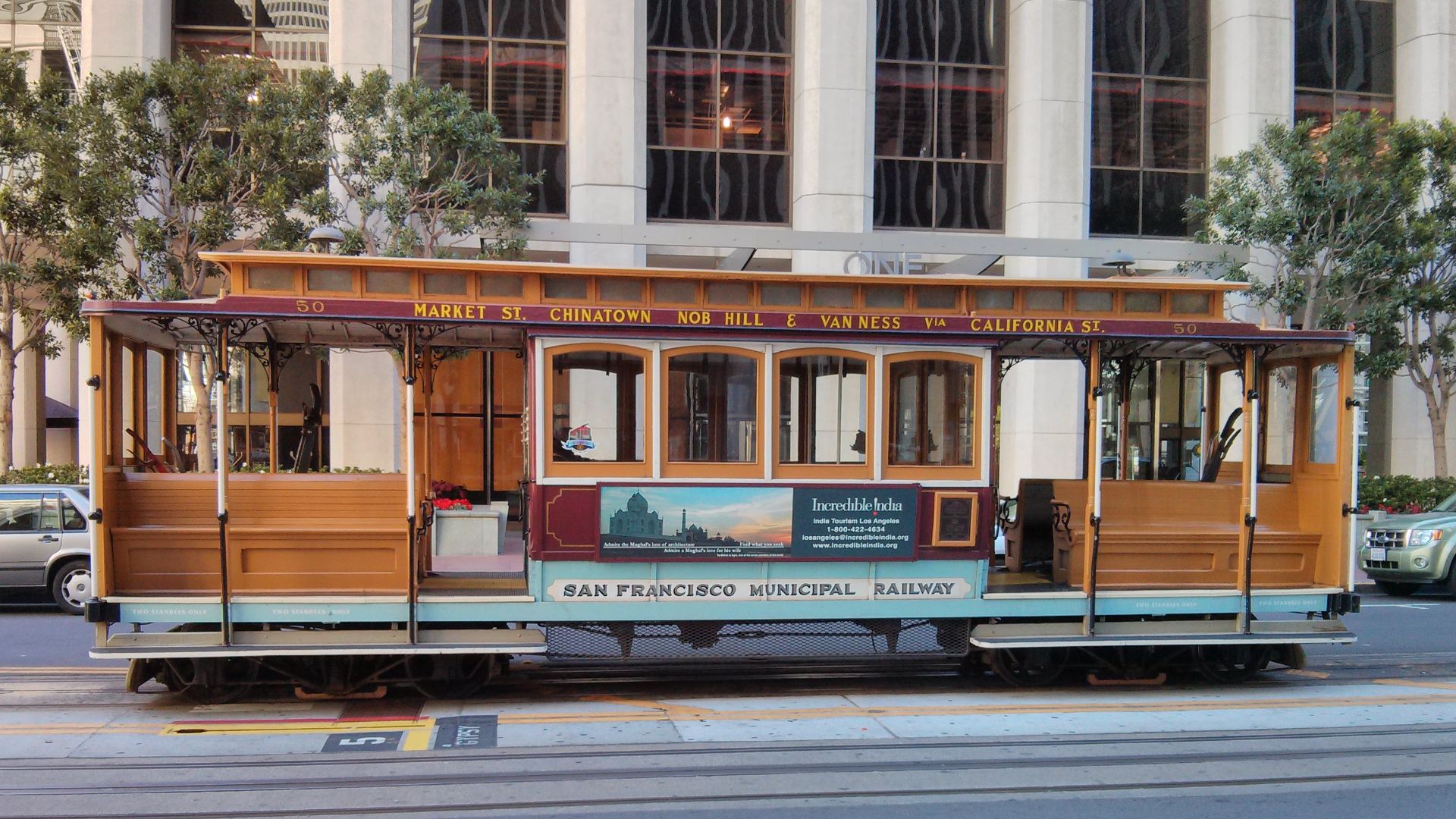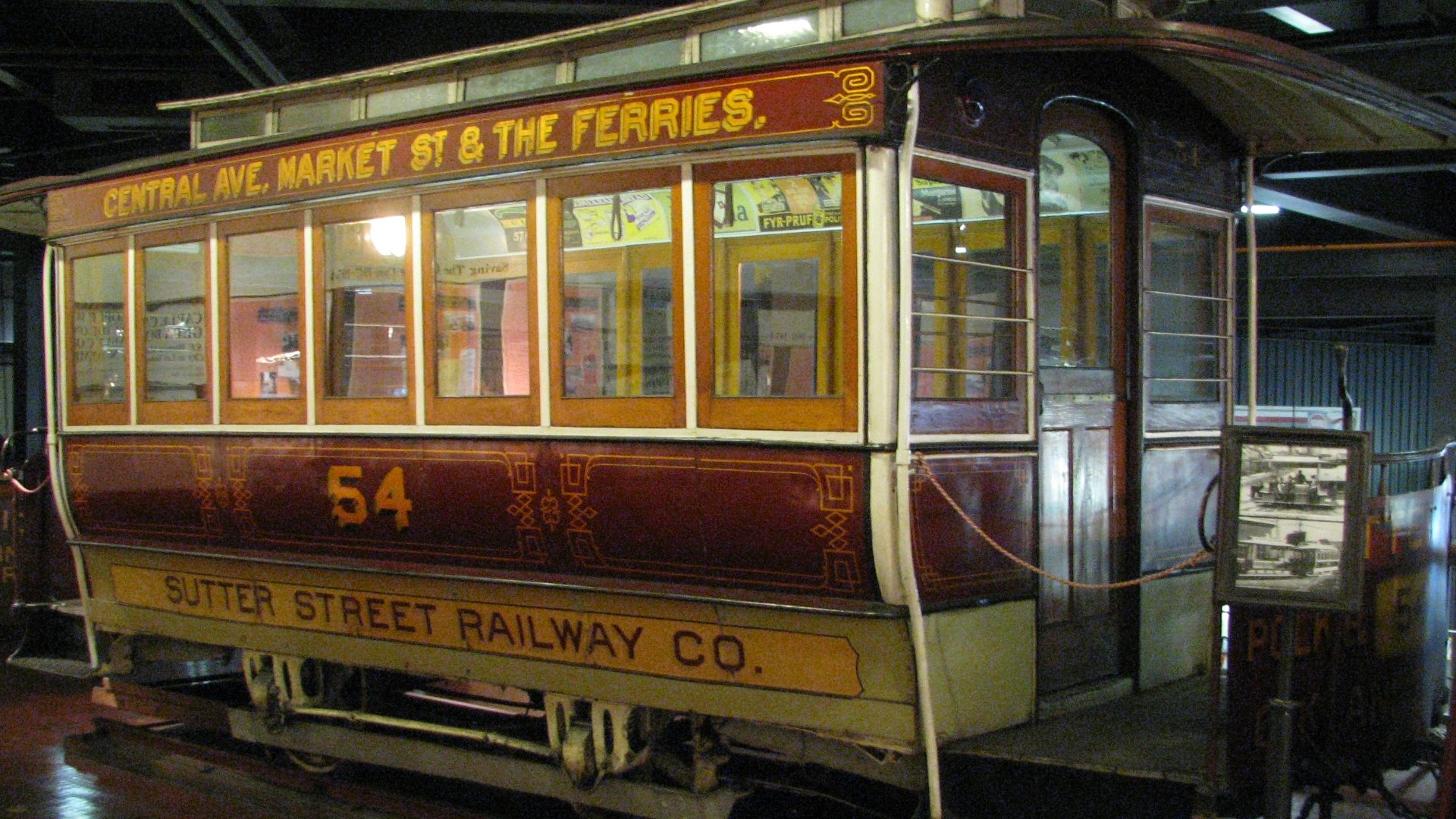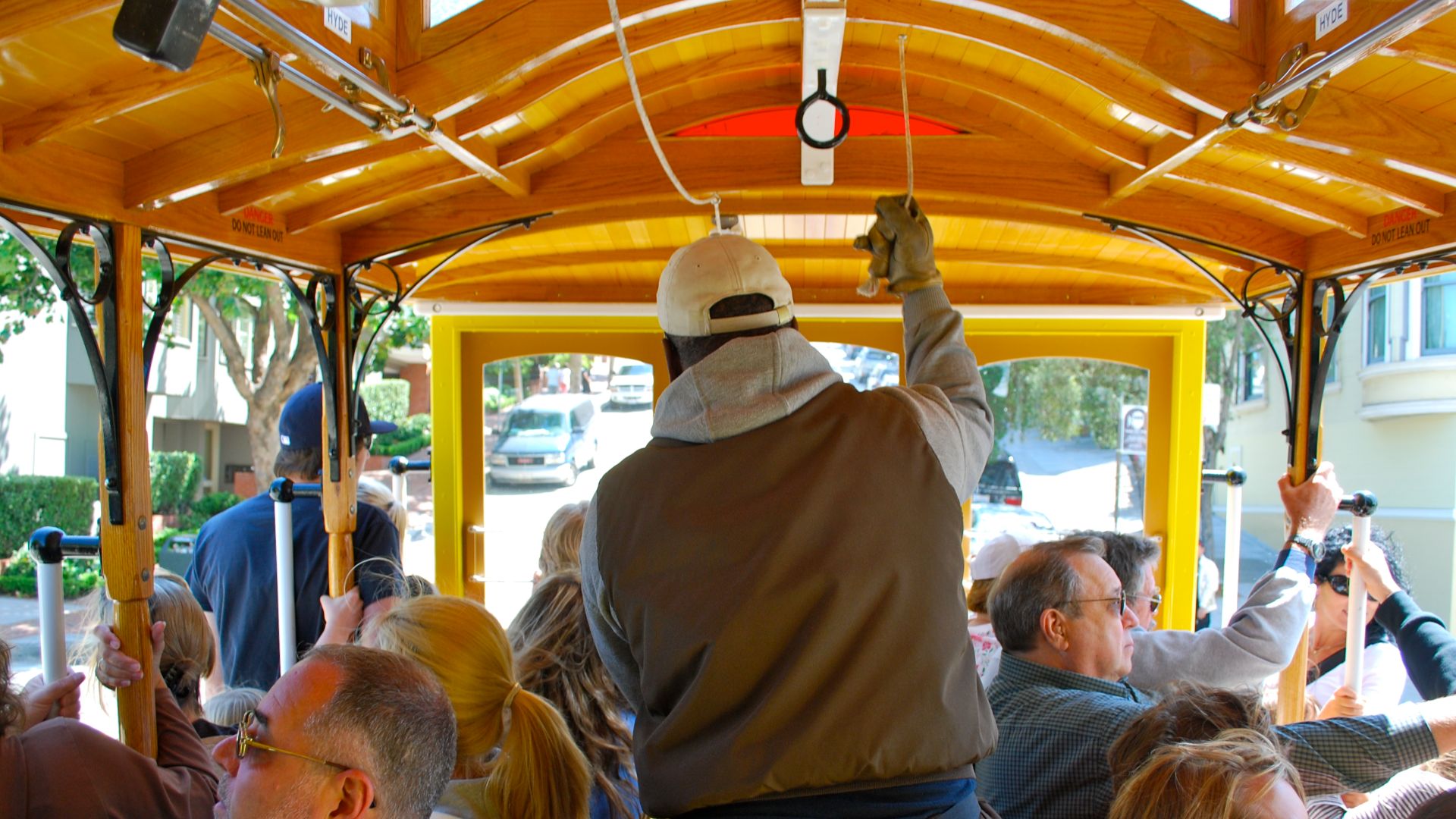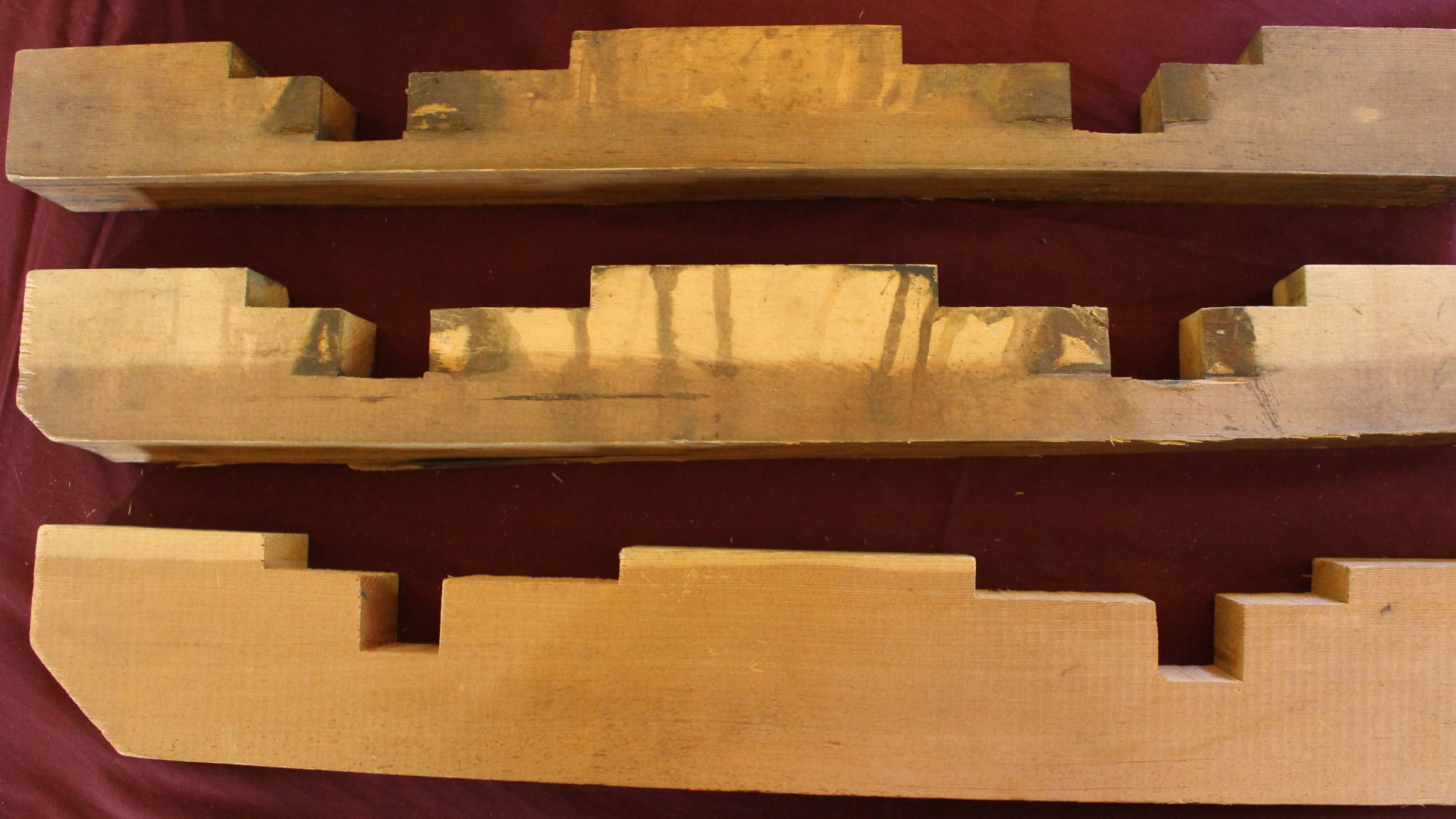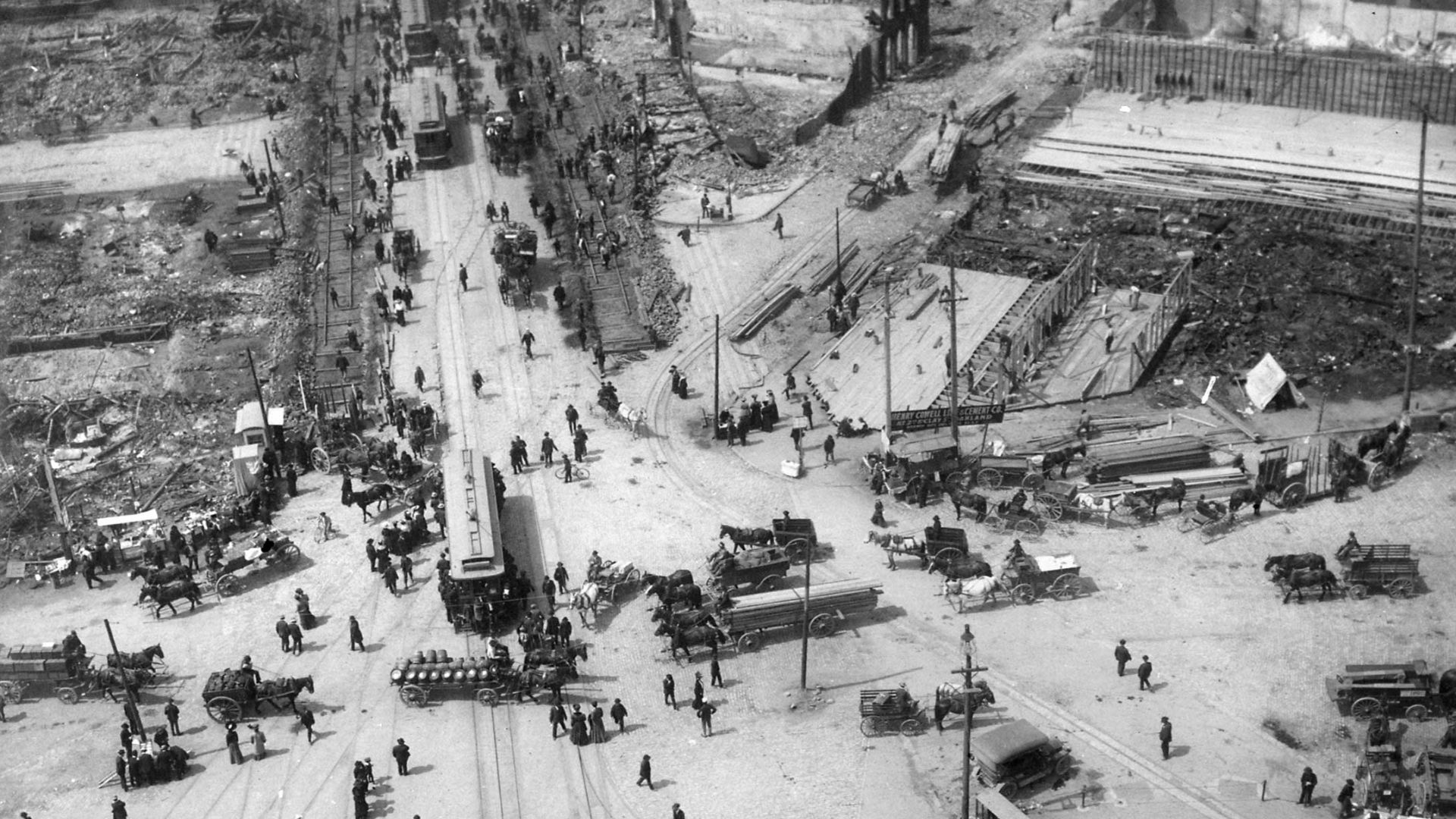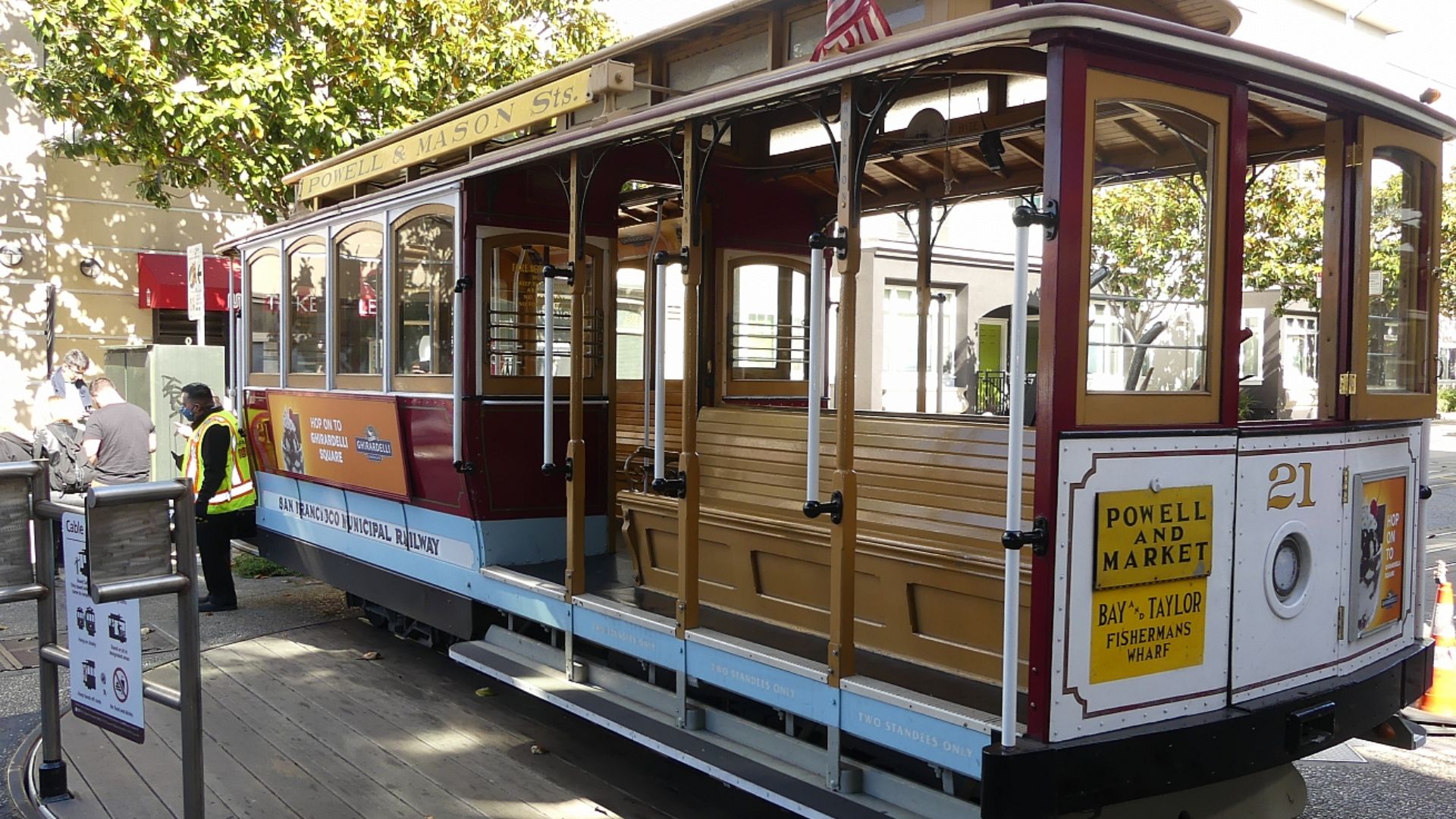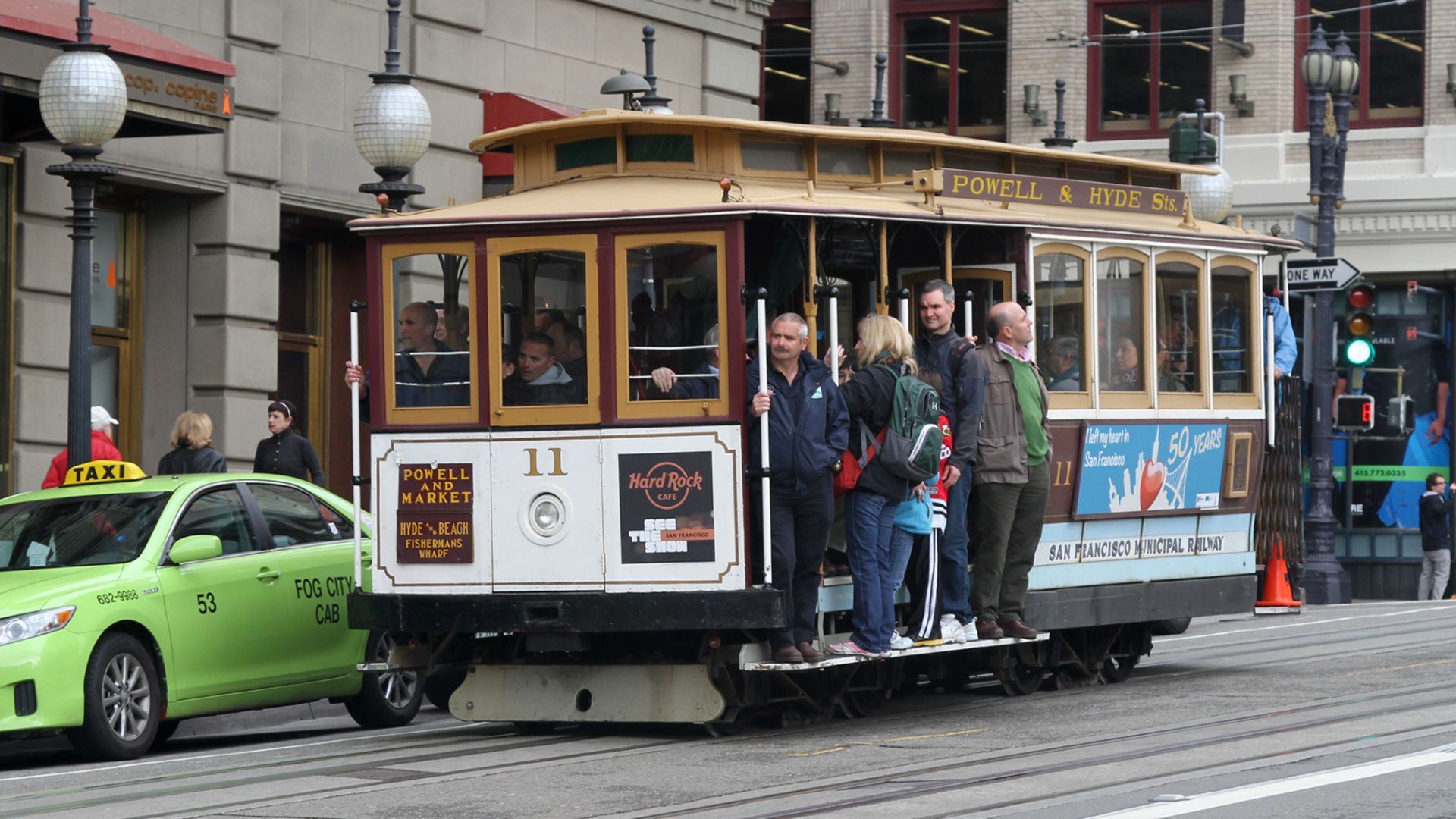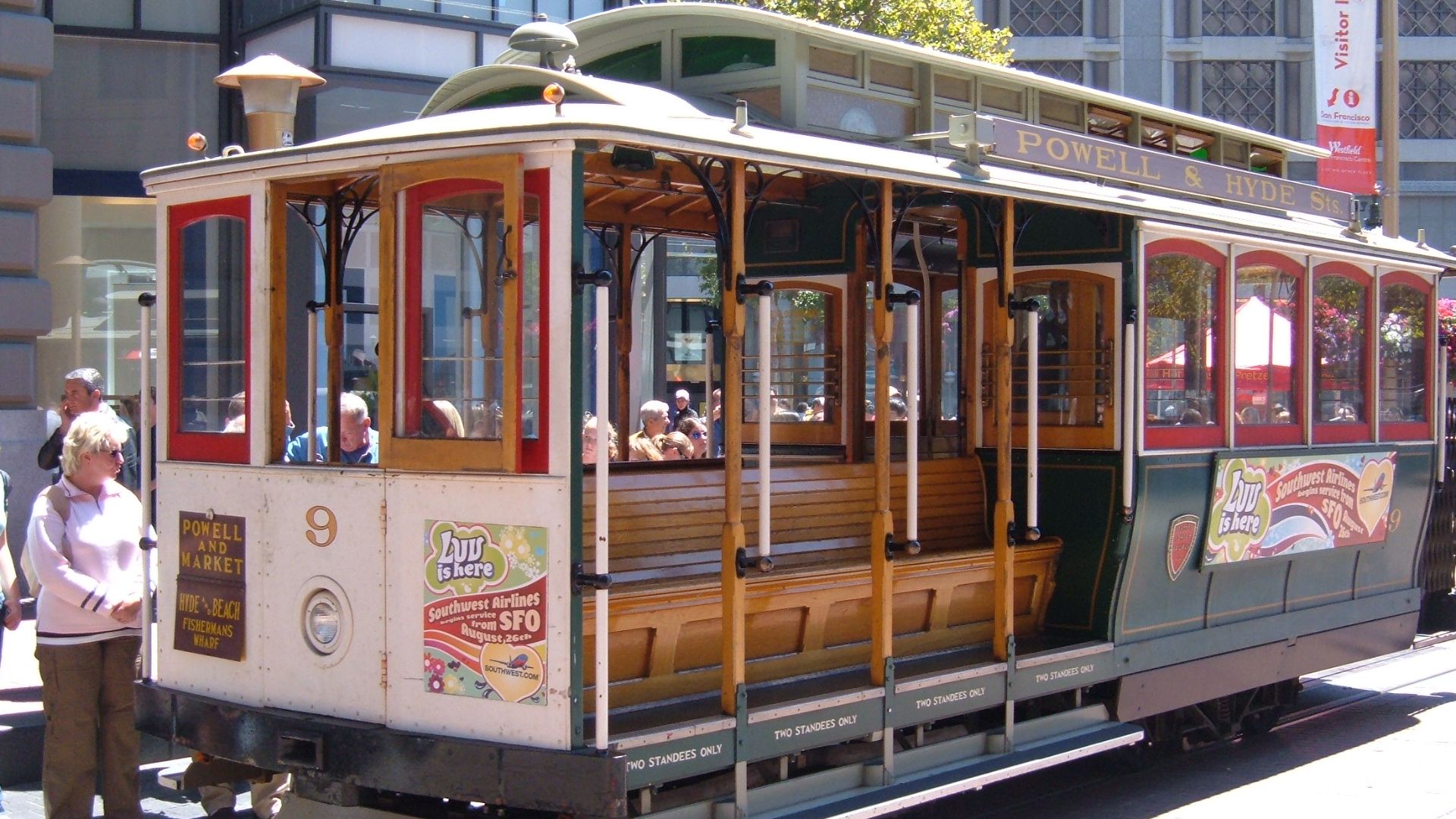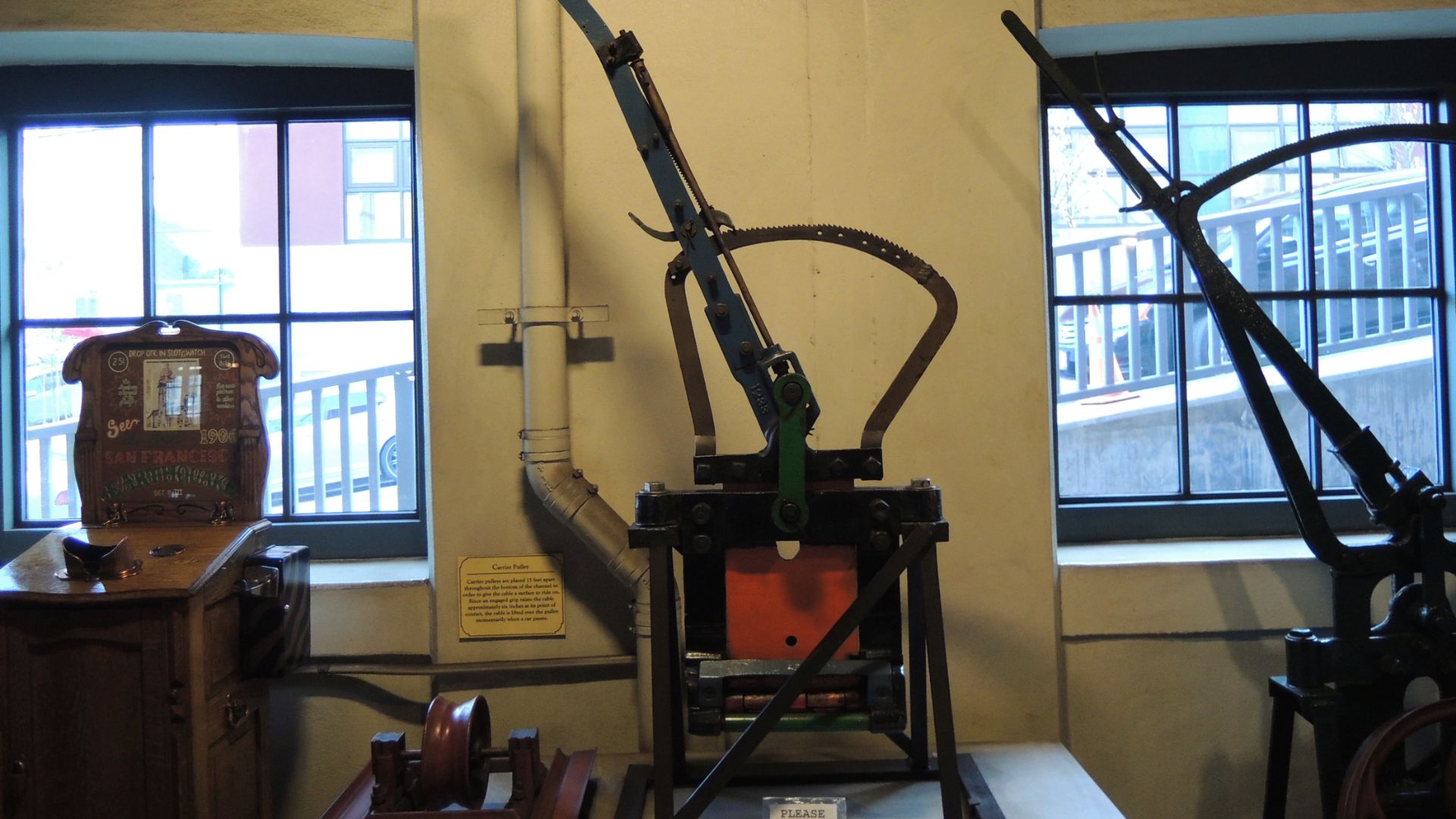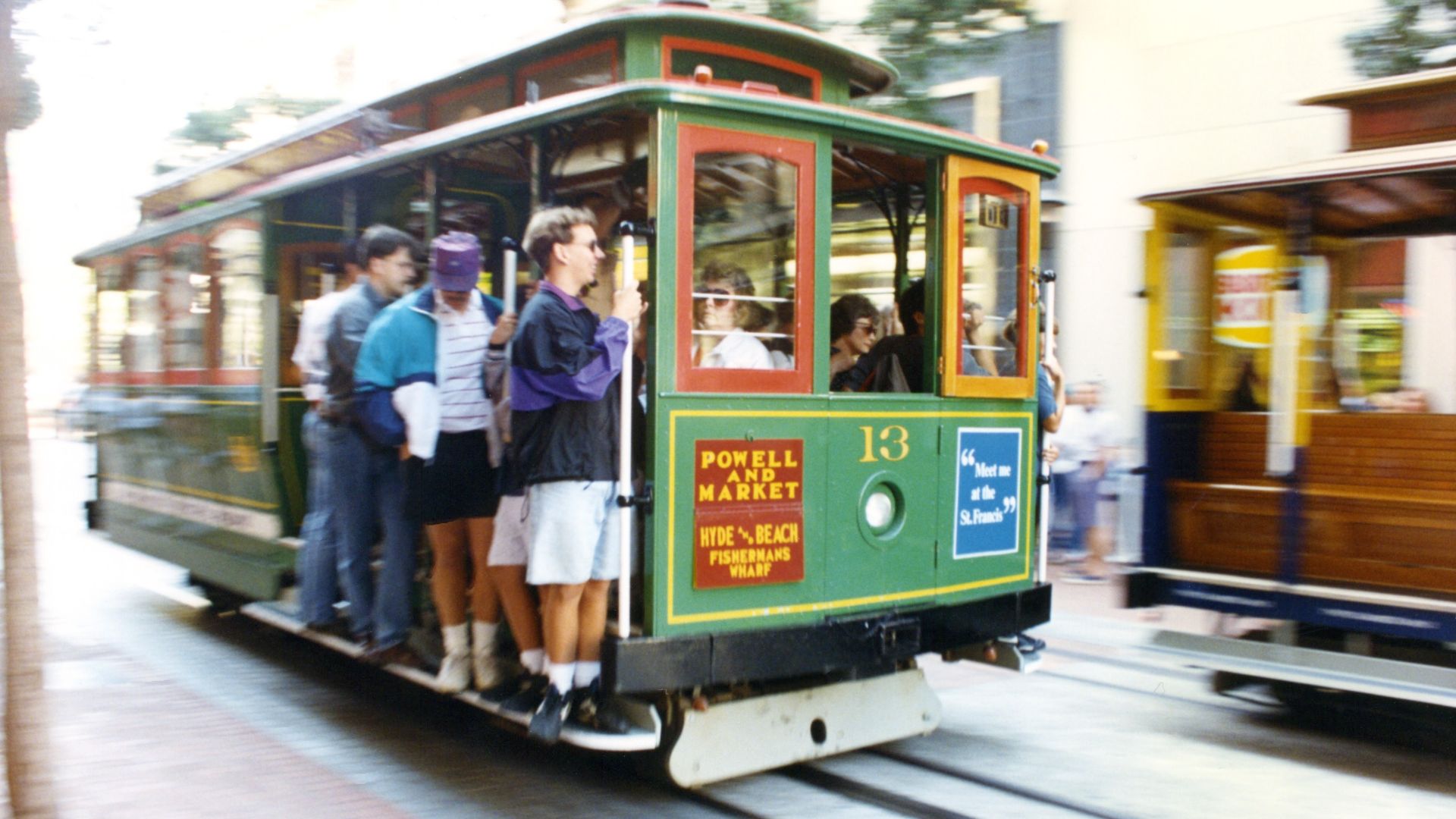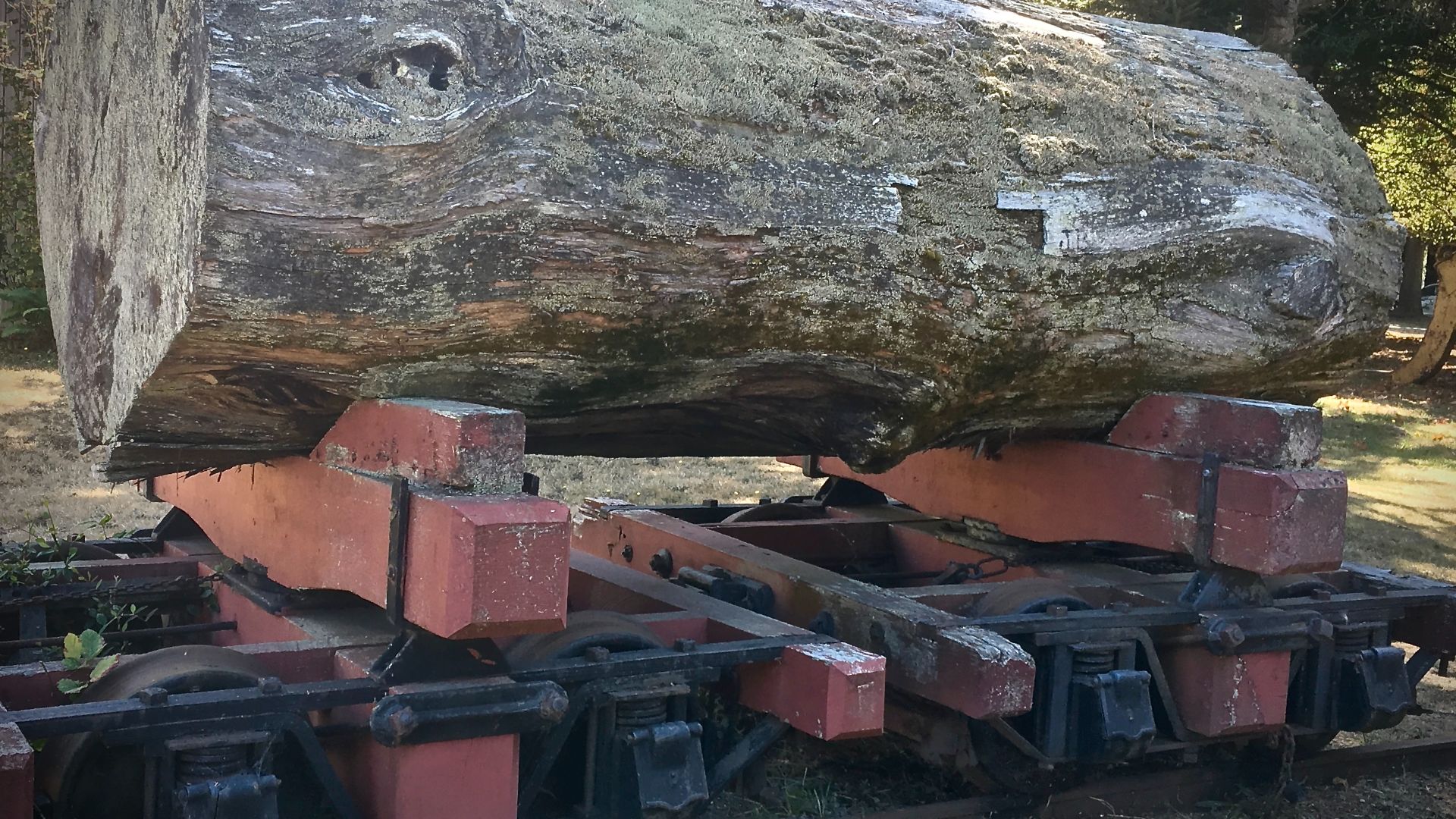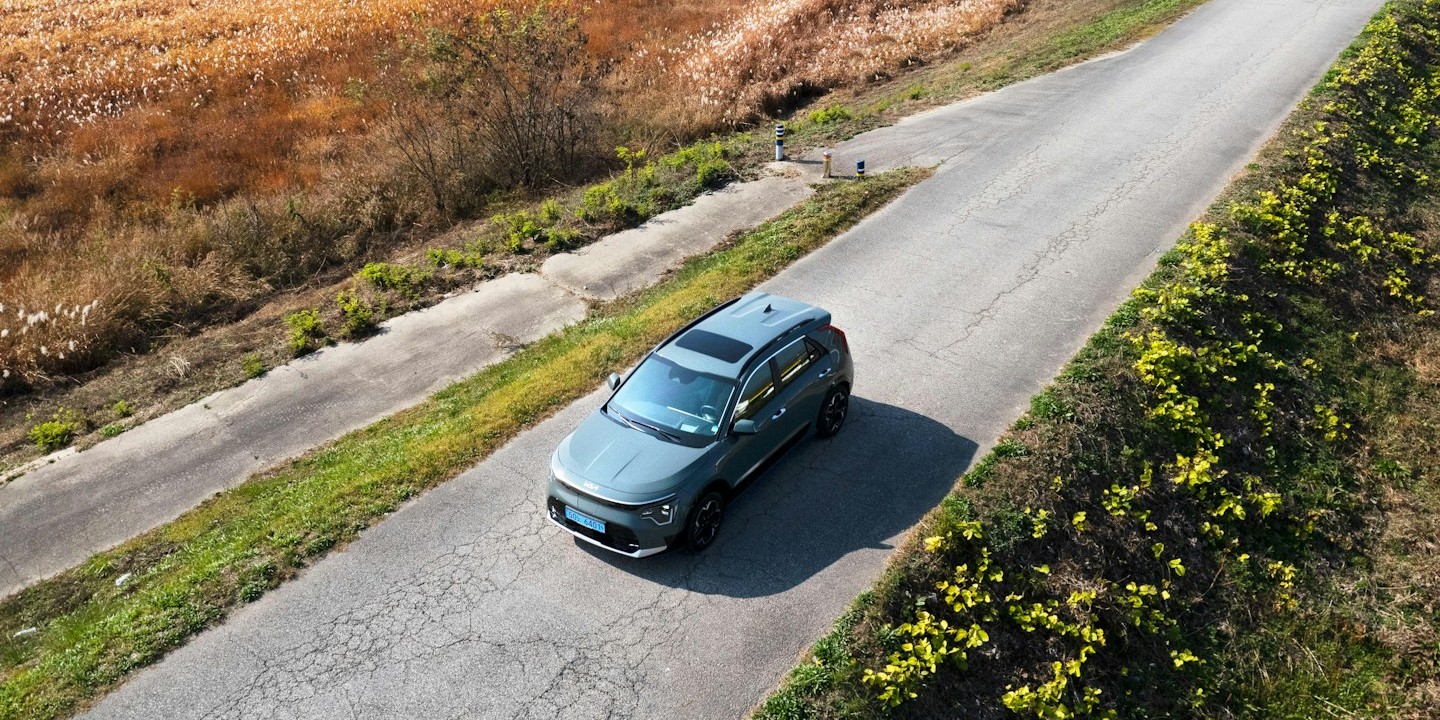More Than Just a Scenic Ride
Few landmarks reflect a city’s spirit like San Francisco’s cable cars. But they’re not museum pieces behind glass. These icons are still in motion. They have rattled through earthquakes, social shifts, and changing eras—yet they remain fully functional, linking the past to the present with every clang. Curious what keeps them going? Let’s uncover the facts behind San Fran’s legendary cable cars.
1. They Are Moving National Landmarks
In 1964, San Francisco’s cable cars became the first moving National Historic Landmarks. They held this unique status until 2014, when the St. Charles Streetcar Line in New Orleans was also designated. Today, the Powell-Hyde and Powell-Mason lines remain operational symbols of this rare honor, protected under the National Park Service.
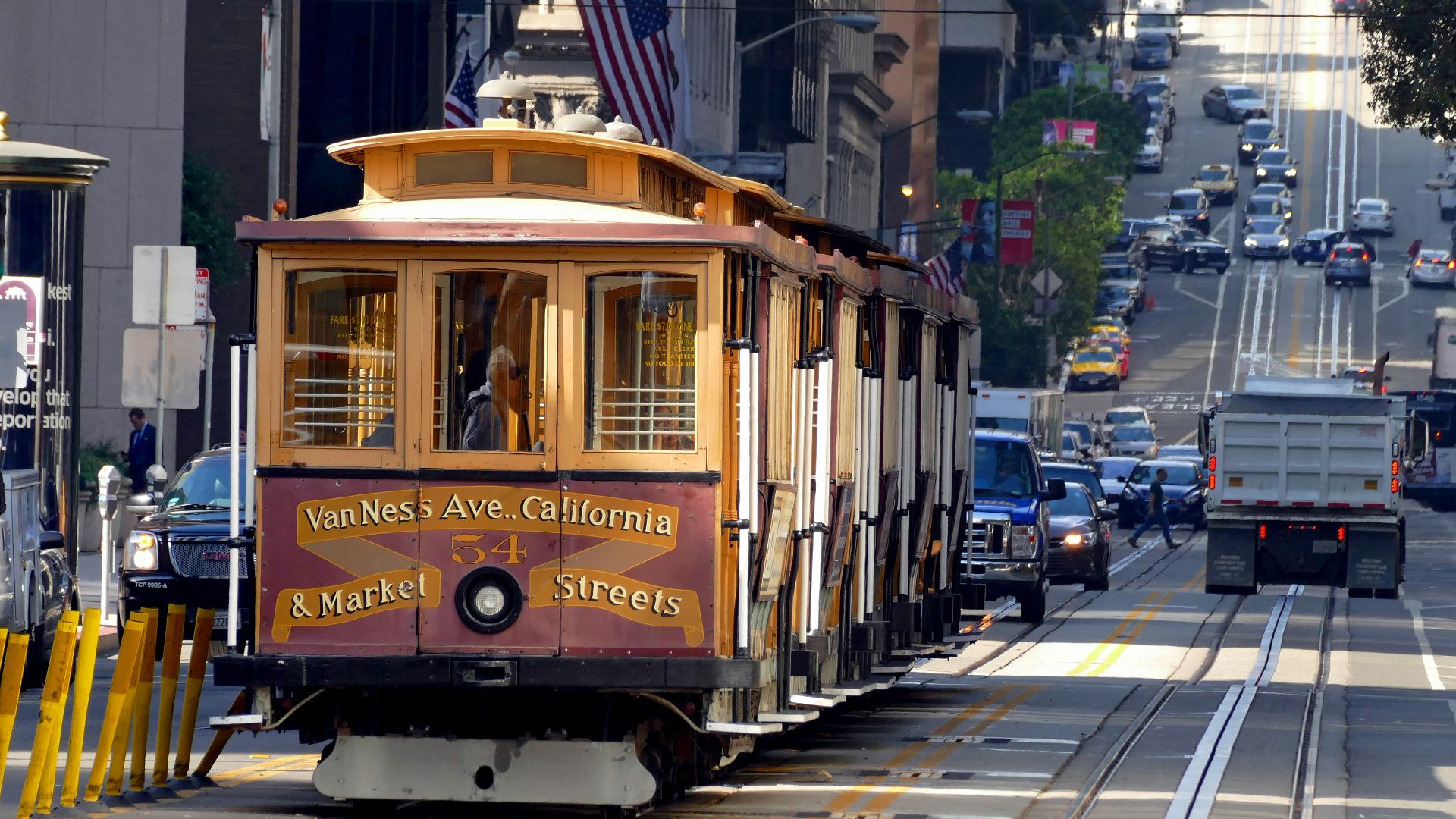 Bernard Spragg. NZ from Christchurch, New Zealand on Wikimedia
Bernard Spragg. NZ from Christchurch, New Zealand on Wikimedia
2. They Don’t Have An Engine
Unlike streetcars, cable cars lack onboard motors. Instead, a constantly moving underground cable propels them, and conductors use a grip lever to latch onto the cable. The cable moves at 9.5 miles per hour beneath the streets of San Francisco.
3. The Entire System Almost Vanished
By the 1940s, city officials deemed cable cars obsolete and too expensive. A movement led by Friedel Klussmann in 1947 reversed that fate, though only three lines survived the cuts. Friedel rallied public support, resulting in a 1948 vote to preserve it.
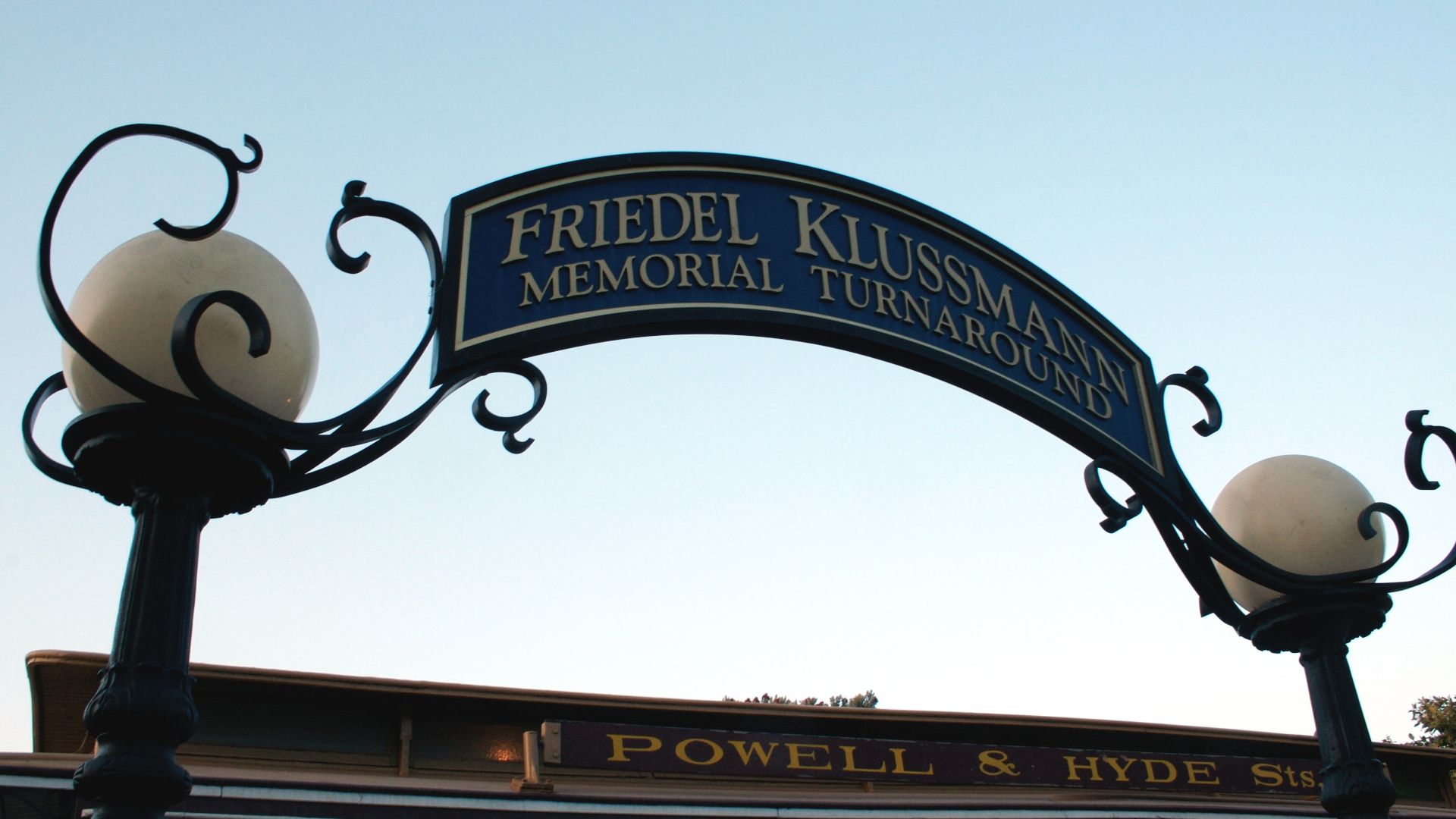 Ben Stanfield from Rockville, MD, USA on Wikimedia
Ben Stanfield from Rockville, MD, USA on Wikimedia
4. It Takes Two Operators To Run One Car
Each cable car requires a grip person and a conductor. The grip person manages speed and traction while the conductor collects fares and ensures rider safety. Team coordination is essential, and only about 30 grip people are certified to operate today.
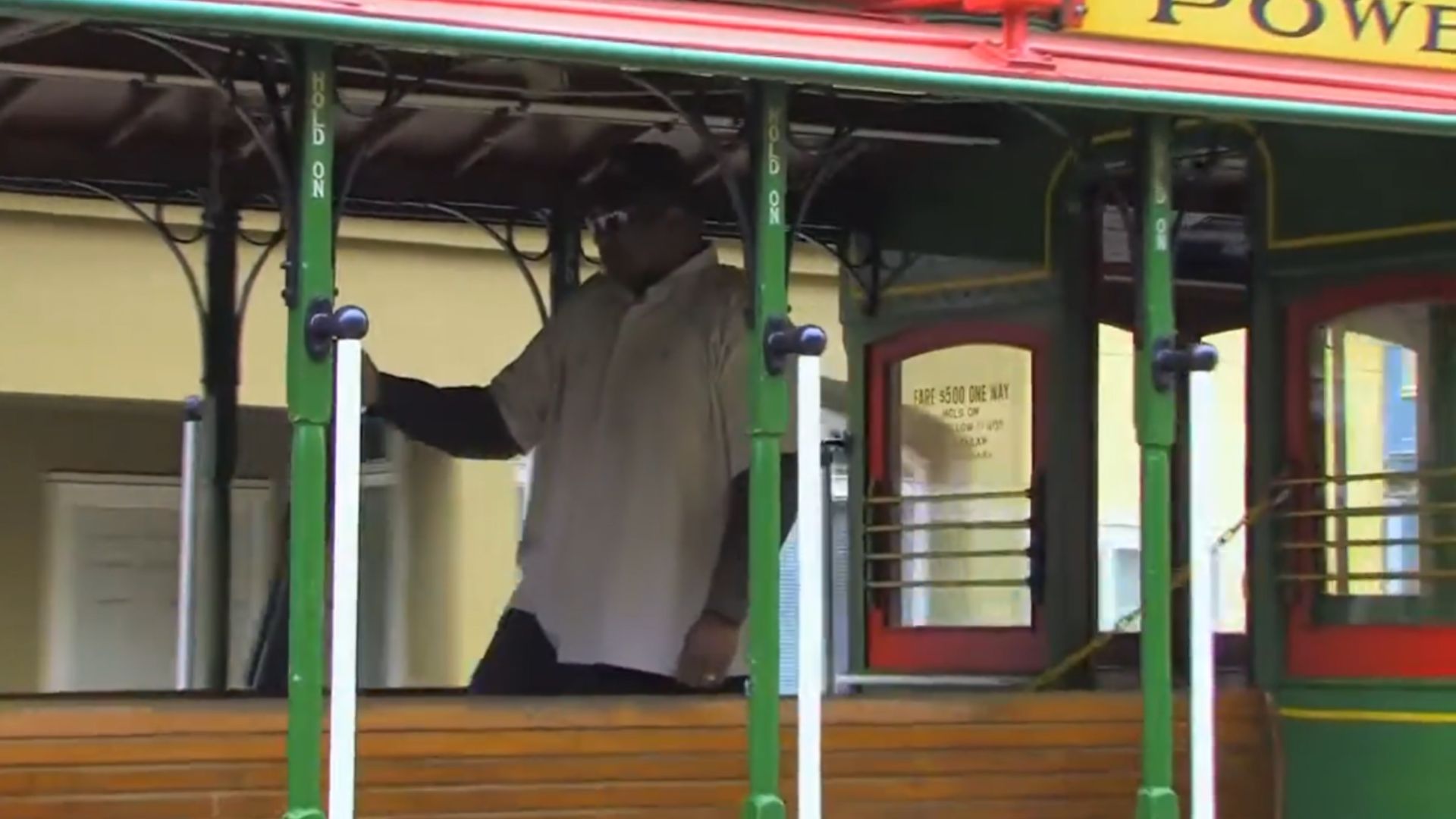 Cable Car Operators - 100 Anniversary Video SFCVB by davidperryassociates
Cable Car Operators - 100 Anniversary Video SFCVB by davidperryassociates
5. Grip People Train For Over A Year
Becoming a grip person is about precision and endurance. Trainees spend over a year learning how to master speed, stopping distance, emergency procedures, and complex turns. Only a small number graduate from the program annually, making it one of Muni’s toughest roles.
6. Cables Are Replaced Every 75 Days
Though the system runs year-round, its massive steel cables don’t last forever. Every 75 days, each of the lines’ cables—over 1.25 inches thick—must be swapped out. Replacement requires hours of precise, overnight work. The entire system shuts down during these intense maintenance windows.
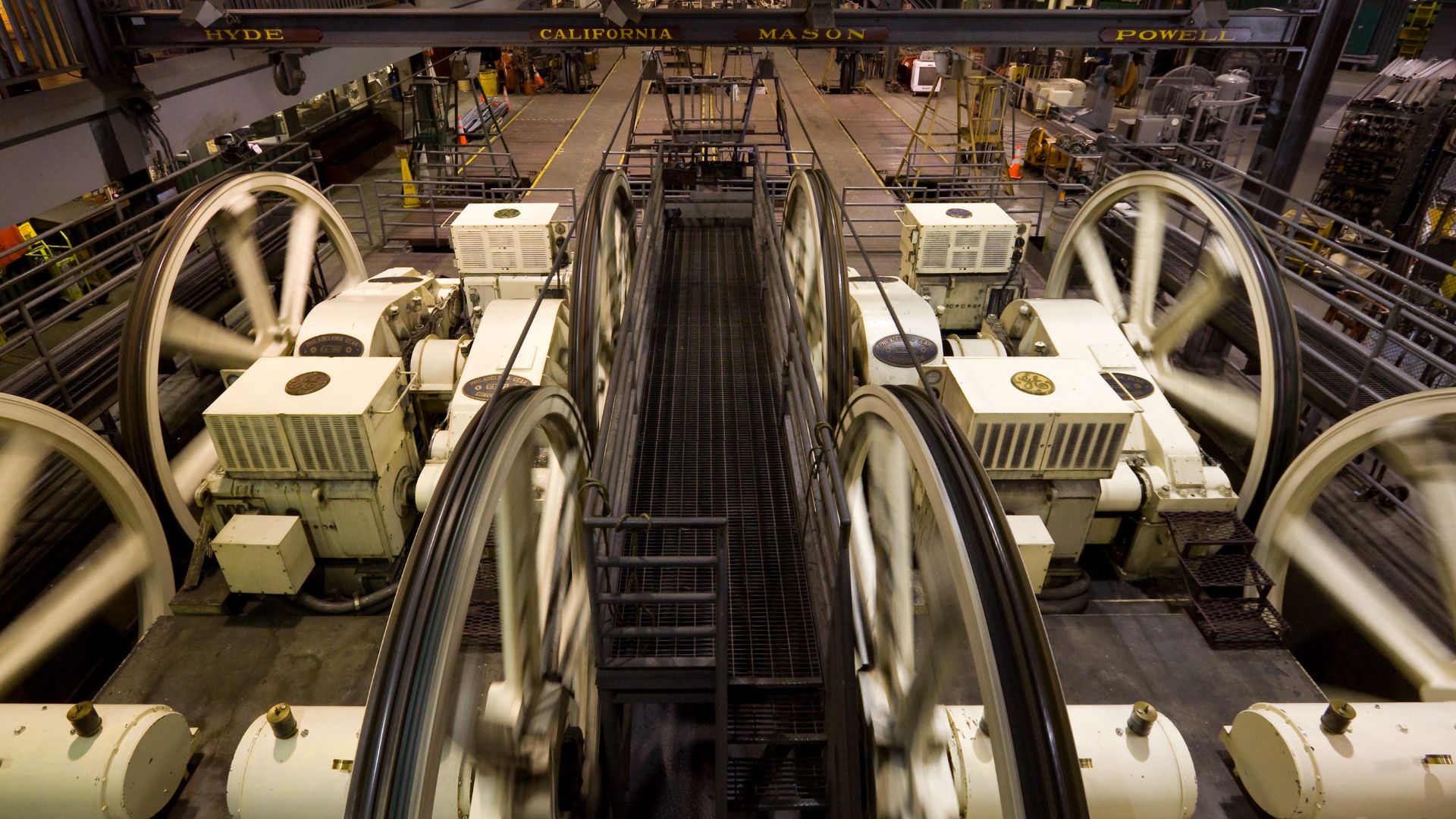 Christian Mehlführer, User:Chmehl on Wikimedia
Christian Mehlführer, User:Chmehl on Wikimedia
7. Each Car Is Hand-Built Using Original Blueprints
The cars are still handcrafted at the Muni cable car barn. Craftsmen rely on 19th-century design specifications, preserving every detail from the Douglas fir bodies to the brake handles. No mass production methods are used.
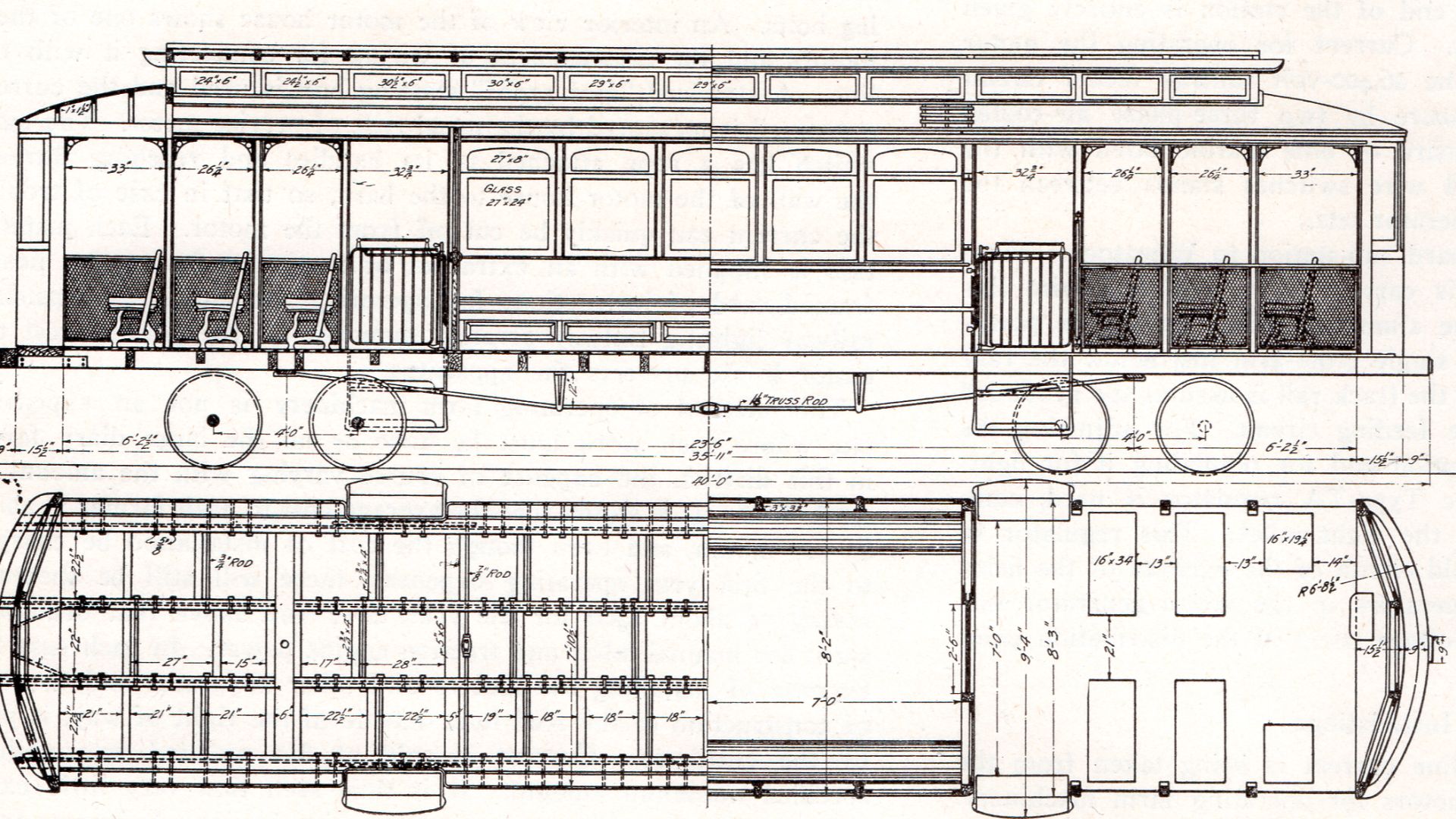 Unknown authorUnknown author on Wikimedia
Unknown authorUnknown author on Wikimedia
8. The Cable Car Barn Doubles As A Museum
At Washington and Mason Streets, visitors can tour the Cable Car Museum for free. Housed inside the operational barn and powerhouse, it offers views of the giant wheels pulling the underground cables. Original cars from the 1870s are also on display.
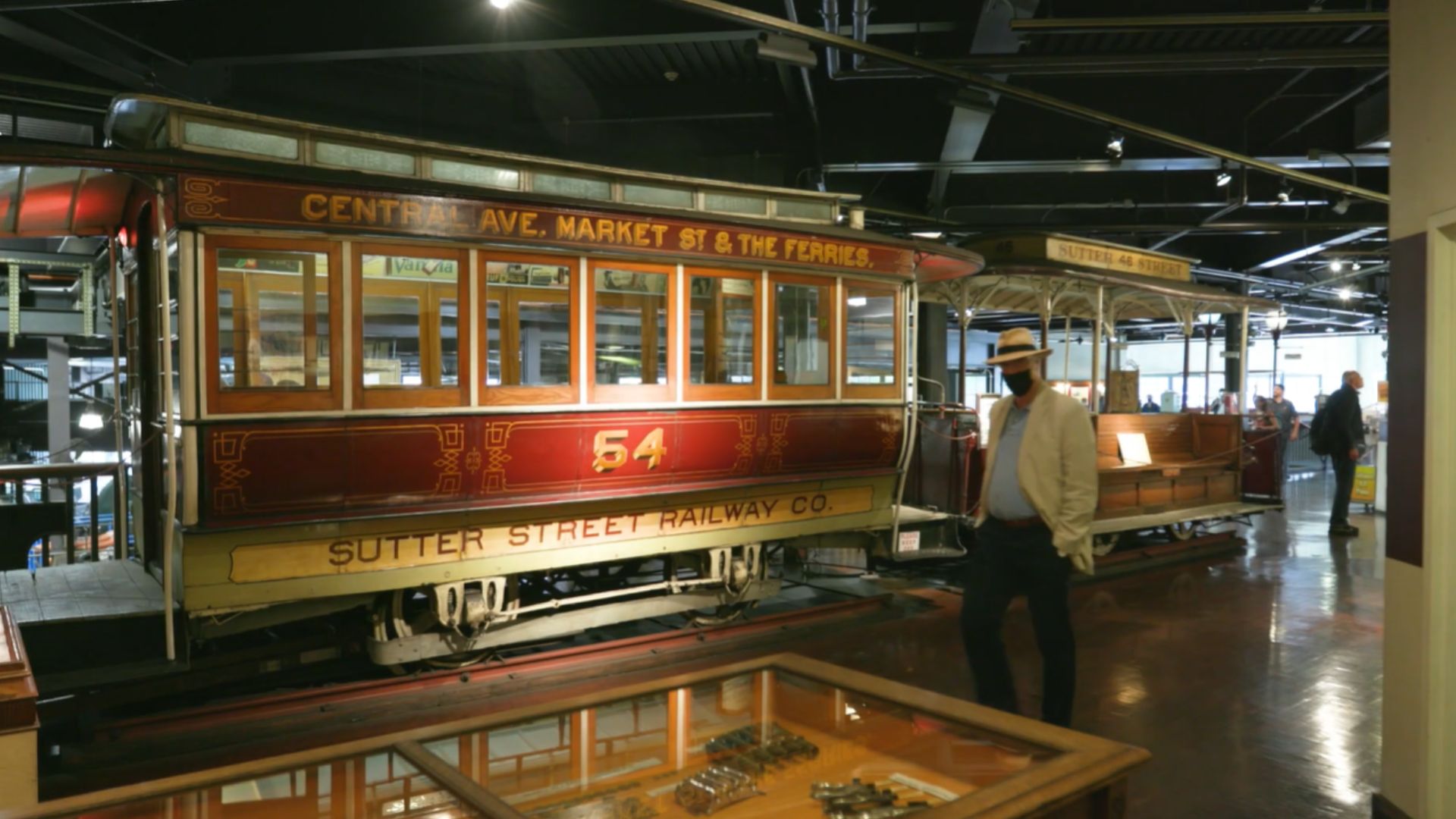 The San Francisco Cable Car Museum by SFGovTV
The San Francisco Cable Car Museum by SFGovTV
9. The First Line Opened After A Tragic Inspiration
Engineer Andrew Smith Hallidie developed the cable car system after watching horses struggle—and sometimes fall—on San Francisco’s steep streets. The first successful run took place on Clay Street in 1873. Hallidie’s invention eliminated the need for horse-drawn streetcars on hills altogether.
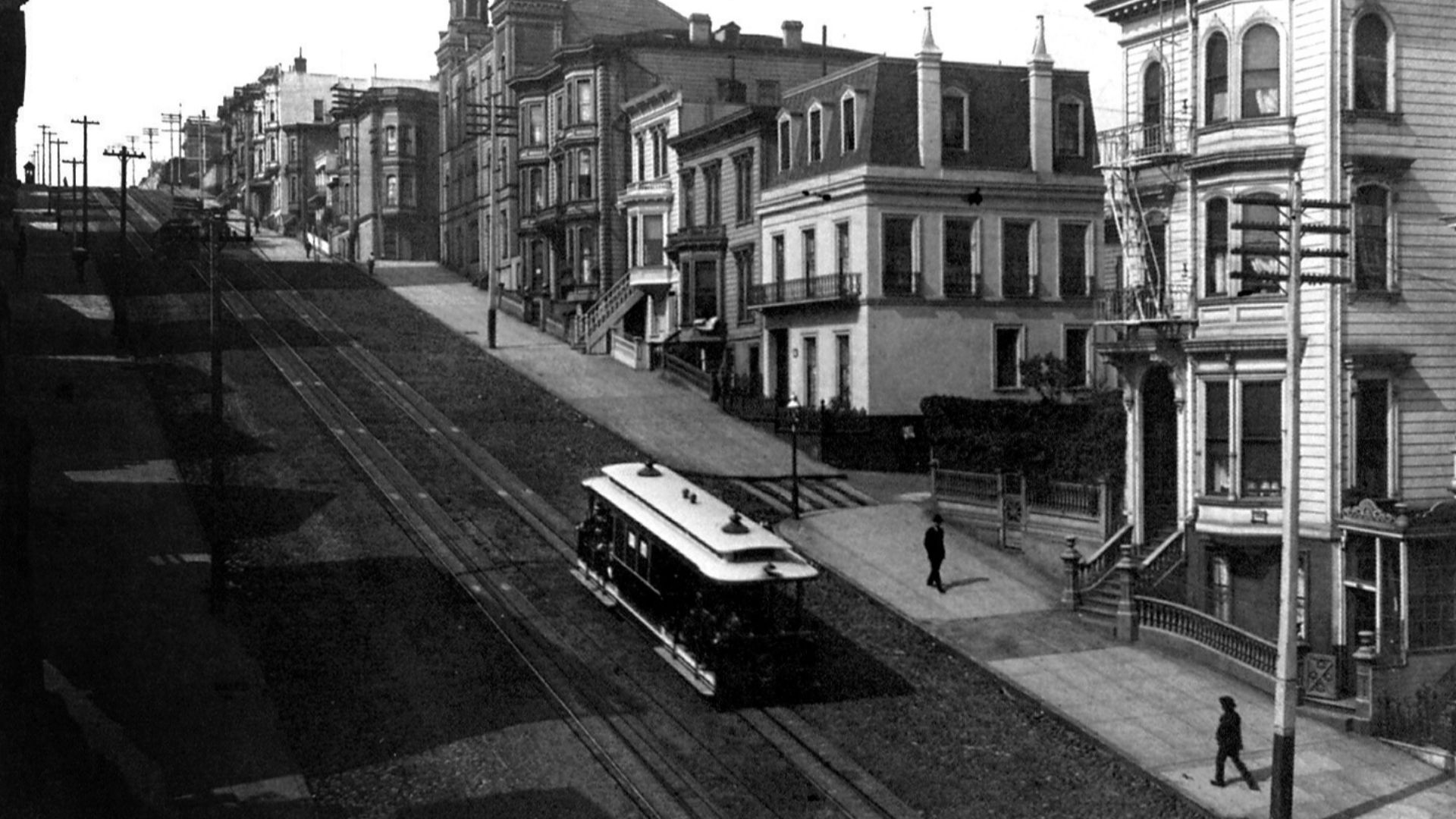 Detroit Publishing Co. on Wikimedia
Detroit Publishing Co. on Wikimedia
10. Operators Use Pine Blocks As Brakes
In addition to metal brake shoes, cable cars use wooden blocks pressed against the tracks to slow down. Pine is chosen for its balance of strength and softness. Each block lasts only a few days and emits a distinct, burning scent.
11. The Cable Runs Constantly, Even When No Cars Are Moving
Beneath San Francisco’s pavement, four separate cables loop continuously at 9.5 miles per hour. These steel strands never stop—cars only move when a grip operator latches onto one. The powerhouse must monitor cable tension constantly to avoid dangerous slack.
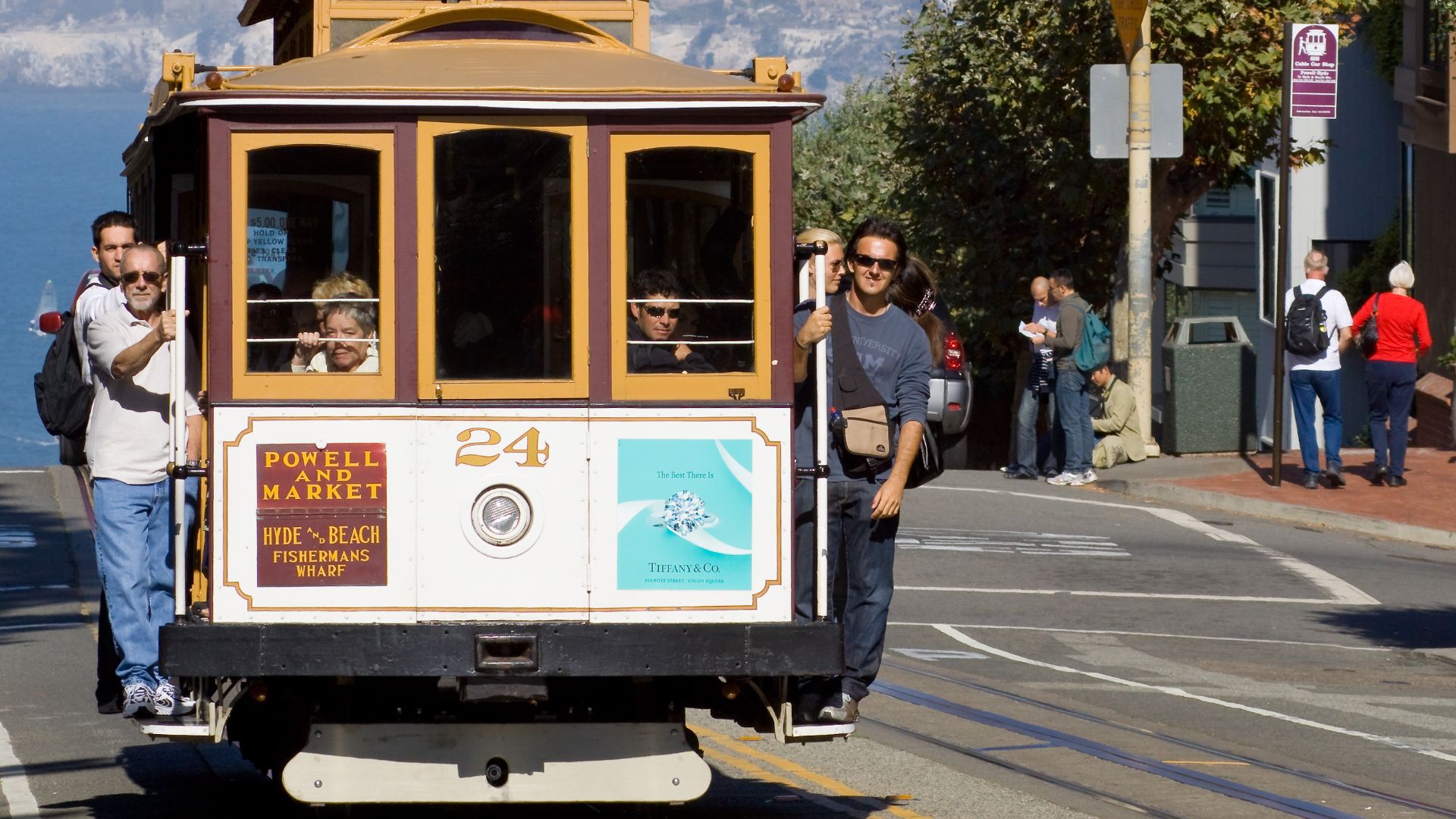 Christian Mehlführer, User:Chmehl on Wikimedia
Christian Mehlführer, User:Chmehl on Wikimedia
12. Cable Cars Survived The 1906 Earthquake—Barely
The devastating 1906 earthquake and fires destroyed major parts of the cable car infrastructure. However, parts of the Powell Street line survived. When the city was rebuilt, it prioritized electric streetcars. But public outcry ensured that those three cable lines were restored.
13. The Turntables Are Manually Operated By The Crew
Unlike most modern transit systems, San Francisco’s cable cars are turned around by hand. At the end of the Powell lines, wooden turntables allow crew members to physically push and rotate the entire car 180 degrees. Tourists often gather to watch this human-powered maneuver.
14. There’s A World Championship For Bell Ringing
Each year, Muni hosts a Cable Car Bell Ringing Contest featuring actual operators. Competitors perform elaborate rhythmic routines using just the car’s brass bell. The event, which attracts thousands of spectators, has crowned legends like Byron Cobb and Leonard Oats.
 Cable Car Bell Ringing Contest - 2016 Highlights by San Francisco Municipal Transportation Agency
Cable Car Bell Ringing Contest - 2016 Highlights by San Francisco Municipal Transportation Agency
15. Tourists Far Outnumber Local Riders
While originally built for daily transportation, cable cars now serve mostly visitors. Roughly 7 million passengers—mostly tourists—ride annually. Locals typically use buses or light rail. A single ride costs $8, while residents often hold monthly Muni passes instead.
16. Each Car Has A Unique Number And Identity
Every cable car is numbered and carries its own identity, often featuring dedications to prominent individuals. Car No. 9 honors Andrew Hallidie, the system’s inventor. These designations are hand-painted and preserved during restoration, giving each car a distinct personality.
17. California Street Line Runs The Longest Route
Of the three remaining lines, the California Street line covers the longest distance. It is approximately 1.4 miles, running from the Financial District to Van Ness Avenue. Unlike the hilly Powell routes, this line runs mostly straight and level.
18. The Grip Mechanism Is Incredibly Powerful and Precise
The grip lever, which operators use to latch onto the underground cable, applies up to 800 pounds of pressure to maintain a secure hold. Still, it requires delicate handling. Too much pressure can damage the cable, while too little can cause it to slip.
19. One Car Can Hold Up To 60 Passengers
Though compact in appearance, a single cable car can legally carry around 60 people. Riders can stand on the running boards, but safety rules limit how many can hang on. Conductors continuously monitor passenger balance, especially during steep climbs or sharp turns.
20. Restorations Use Redwood, Fir, And Oak
During overhauls, original materials like Douglas fir for frames and white oak for floors are used to maintain historical accuracy. Restorations take place at Muni’s carpentry shop and often require six months or more per car. Even paint colors follow a heritage code.


